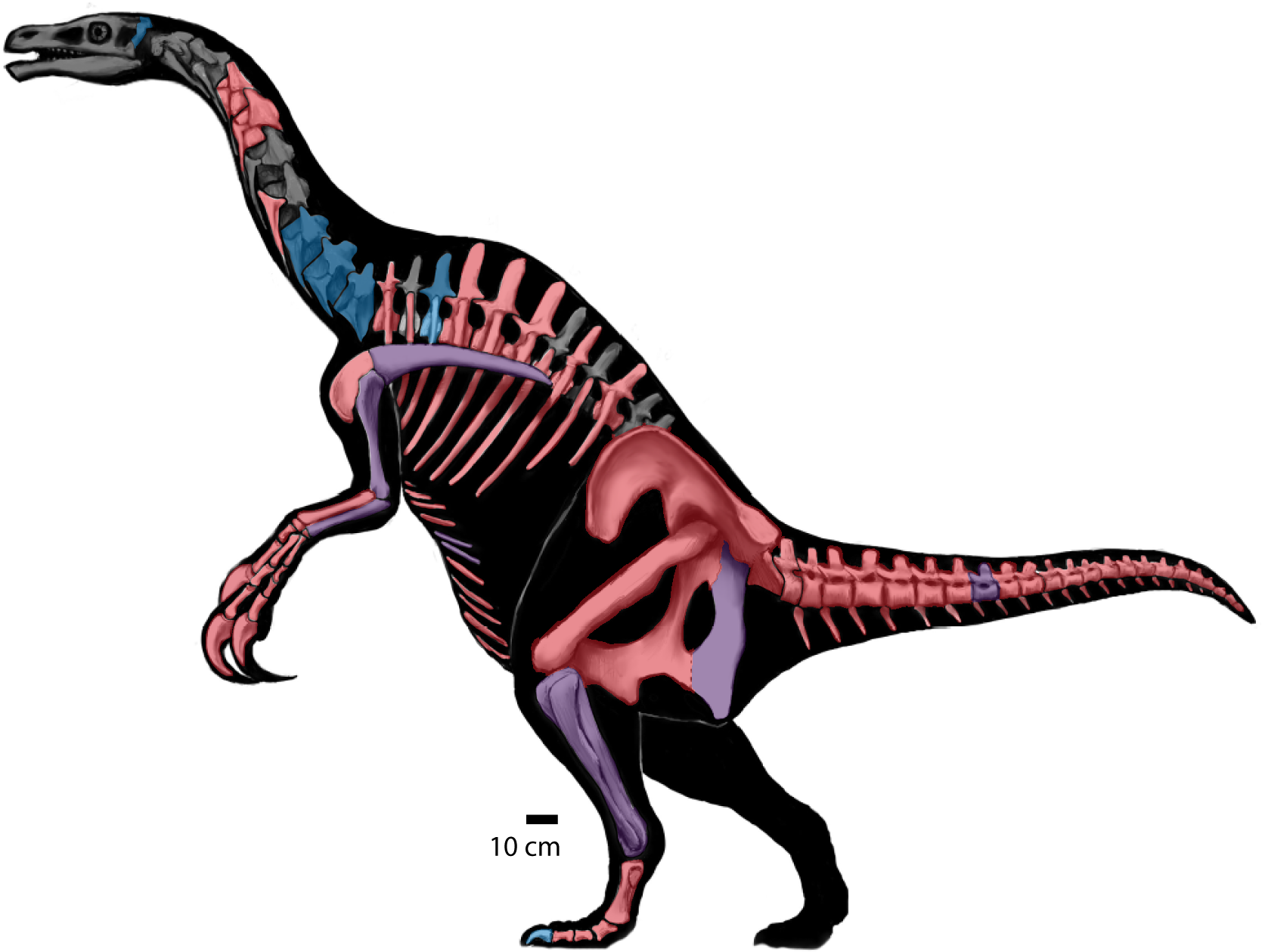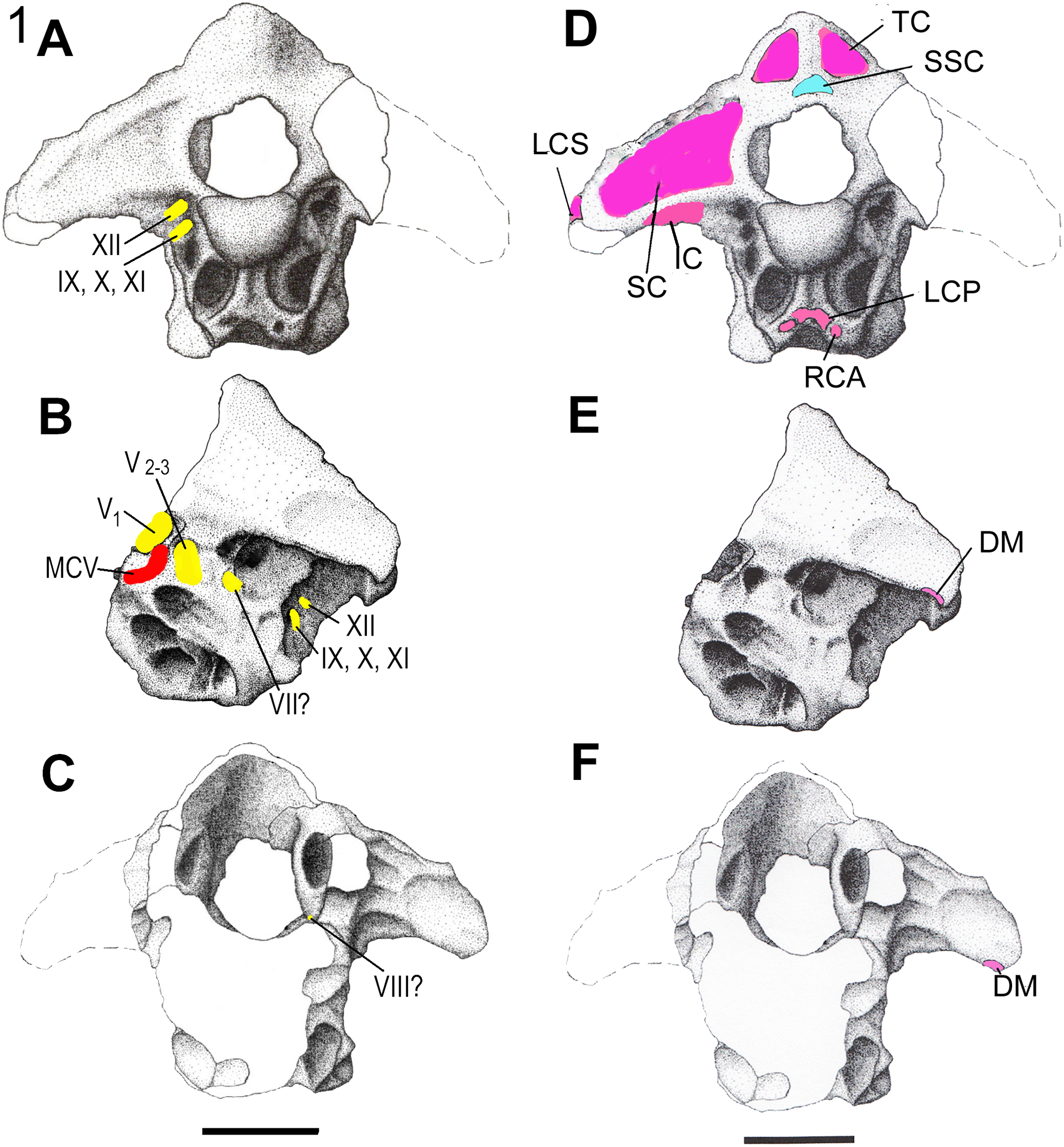The Slothful Claw: Osteology and Taphonomy of Nothronychus mckinleyi and N. graffami (Dinosauria: Theropoda) and Anatomical Considerations for Derived Therizinosaurids
Abstract
Nothronychus was the first definitive therizinosaurian discovered in North America and currently represents the most specialized North American therizinosaurian genus. It is known from two species, No. mckinleyi from the Moreno Hill Formation (middle Turonian) in west-central New Mexico, and No. graffami from the Tropic Shale (early Turonian) in south-central Utah. Both species are represented by partial to nearly complete skeletons that have helped elucidate evolutionary trends in Therizinosauria. In spite of the biogeographical and evolutionary importance of these two taxa, neither has received a detailed description. Here, we present comprehensive descriptions of No. mckinleyi and No. graffami, the latter of which represents the most complete therizinosaurid skeleton known to date. We amend previous preliminary descriptions of No. mckinleyi and No. graffami based on these new data and modify previous character states based on an in-depth morphological analysis. Additionally, we review the depositional history of both specimens of Nothronychus and compare their taphonomic modes. We demonstrate that the species were not only separated geographically, but also temporally. Based on ammonoid biozones, the species appear to have been separated by at least 1.5 million years and up to 3 million years. We then discuss the impacts of diagenetic deformation on morphology and reevaluate potentially diagnostic characters in light of these new data. For example, the ulna of No. mckinleyi is curved whereas the ulna of No. graffami was considered straight, a character originally separating the two species. However, here we present the difference as much more likely related to diagenetic compression in No. graffami rather than as a true biologic difference. Finally, we include copies of three-dimensional surface scans of all major bones for both taxa for reference.
“Although therizinosaurians were a poorly known group as recently as the late 1990s, the discovery of a number of taxa in China and North America has greatly expanded our understanding of this important group. However, detailed descriptions of therizinosaurian taxa remain sparse. This analysis provides the most complete description of derived therizinosaurians to date and a taphonomic evaluation of the holotype localities.”

